Advertisement
Quick Science Experiments with Big Results
Advertisement
Science projects are a fantastic way to spark a child’s curiosity while introducing them to basic principles of chemistry, physics, and biology. These hands-on activities also create opportunities for quality bonding time as you explore and learn together. Most at-home experiments are easy to set up and require just a few simple supplies.
Magic Color-Changing Milk
Children can find wonder in the simplest things, and this color-changing milk experiment is no exception. With some food coloring, milk, and dish soap, you can create a fun and mesmerizing science project. Pour milk into a shallow dish, add a few drops of food coloring, and carefully place a drop of dish soap in the center. Watch as the colors “magically” swirl and blend on their own. The reaction happens because soap attracts the fat in the milk, setting the liquids in motion.
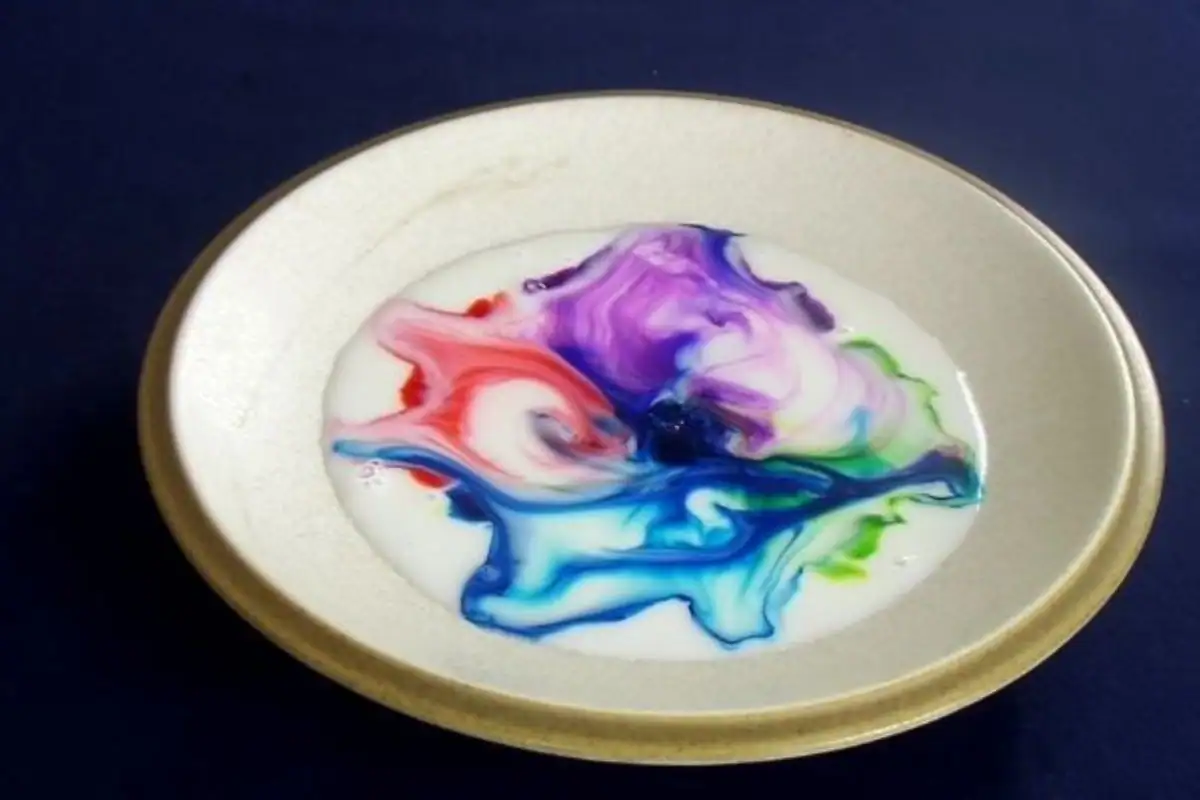
Advertisement
Instant Ice Experiment
This instant ice experiment amazes kids and adults alike. Lay a few water bottles on their sides in the freezer for about two hours. At this point, the water should be supercooled—cold but not frozen. Remove a bottle, tap it firmly on a counter, and watch as the water inside turns to ice almost immediately. To demonstrate even more clearly, place an ice cube on an upside-down bowl and slowly pour the supercooled water over it. A column of ice will form, creating a captivating display.
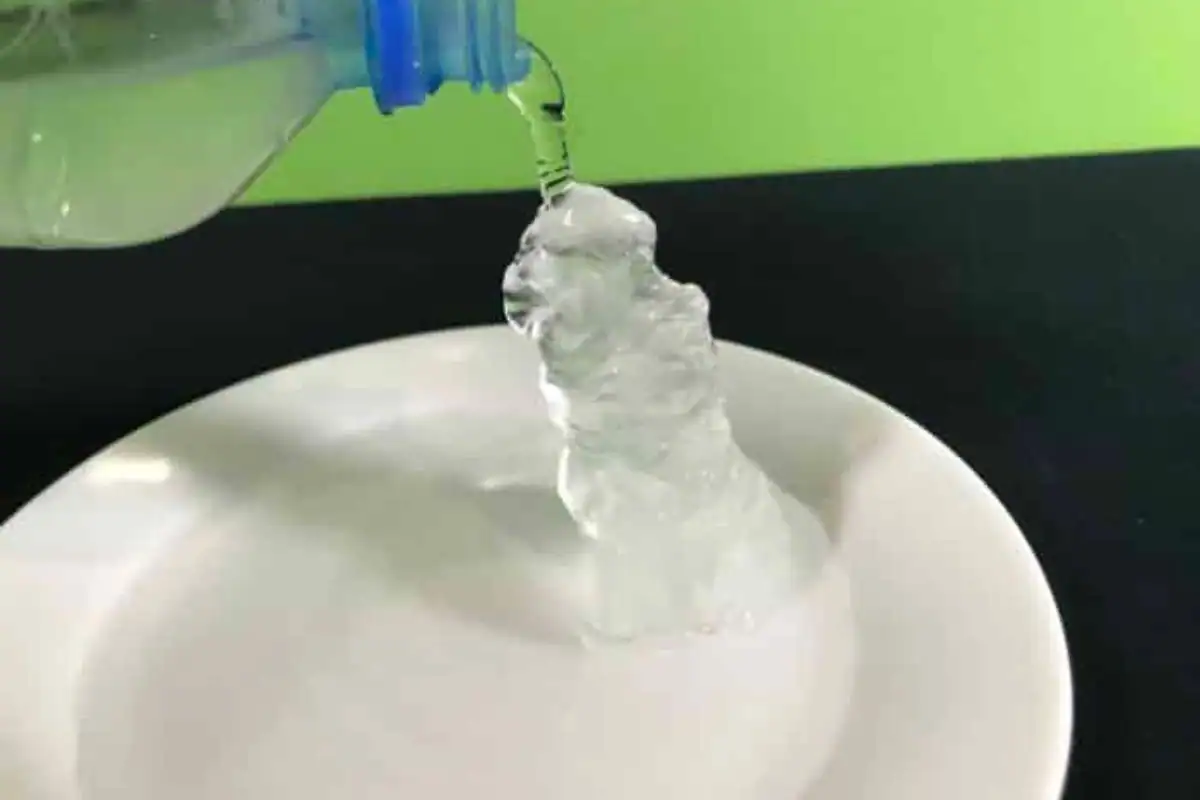
Advertisement
Egg in a Bottle Trick
The egg in a bottle experiment is like a magic trick and is sure to grab the attention of young learners. Find a bottle with an opening slightly smaller than a hard-boiled egg. Coat the inside edge of the bottle’s mouth with oil. Light a strip of paper and drop it into the bottle, then quickly place the egg (small end down) on the mouth of the bottle. As the flame consumes the oxygen, the egg will wiggle and slide into the bottle, seemingly defying logic.
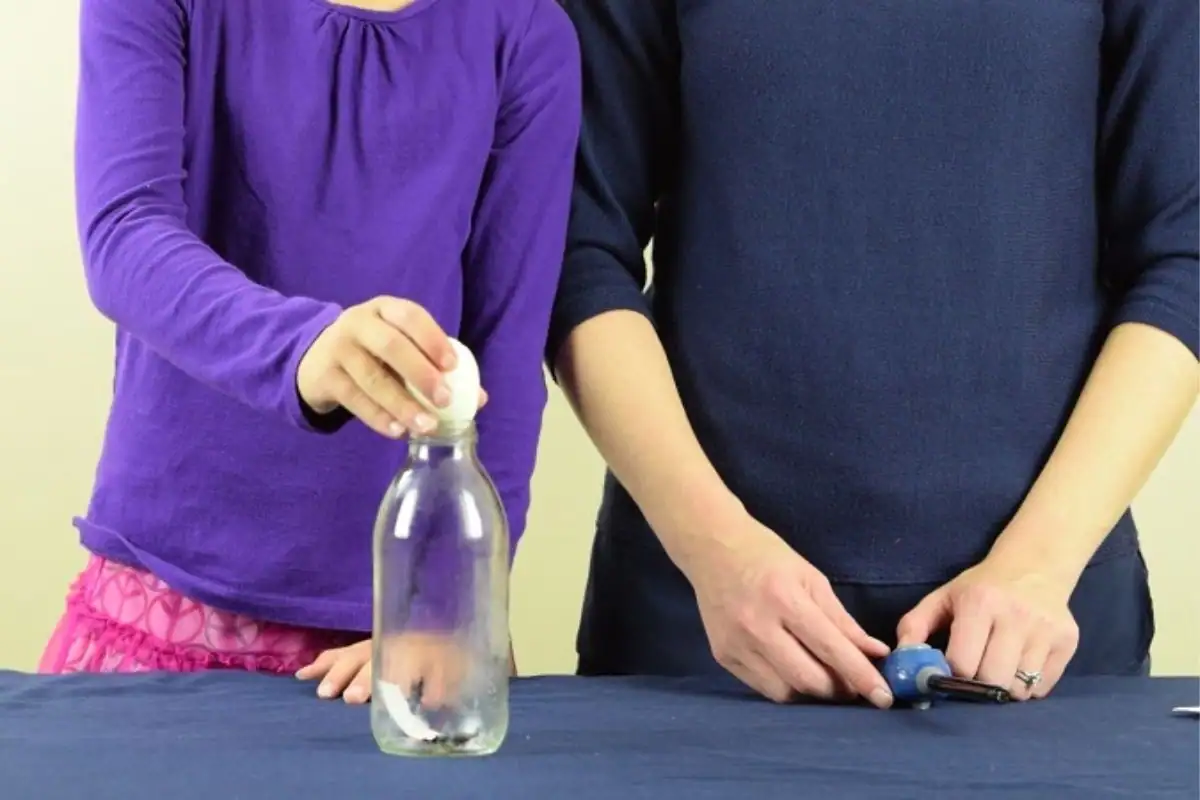
Advertisement
Build a Sundial
Before modern clocks, people used sundials to tell time. Building a sundial is a simple way to teach kids how ancient civilizations measured time using the sun’s position. Roll a small ball of clay and flatten the base. Place a pencil in the center so it stands upright. Secure the clay to a piece of cardboard or poster board and set it in a sunny spot. As the pencil’s shadow moves throughout the day, trace and label its position with the current time. Repeat this every hour to create a working sundial.
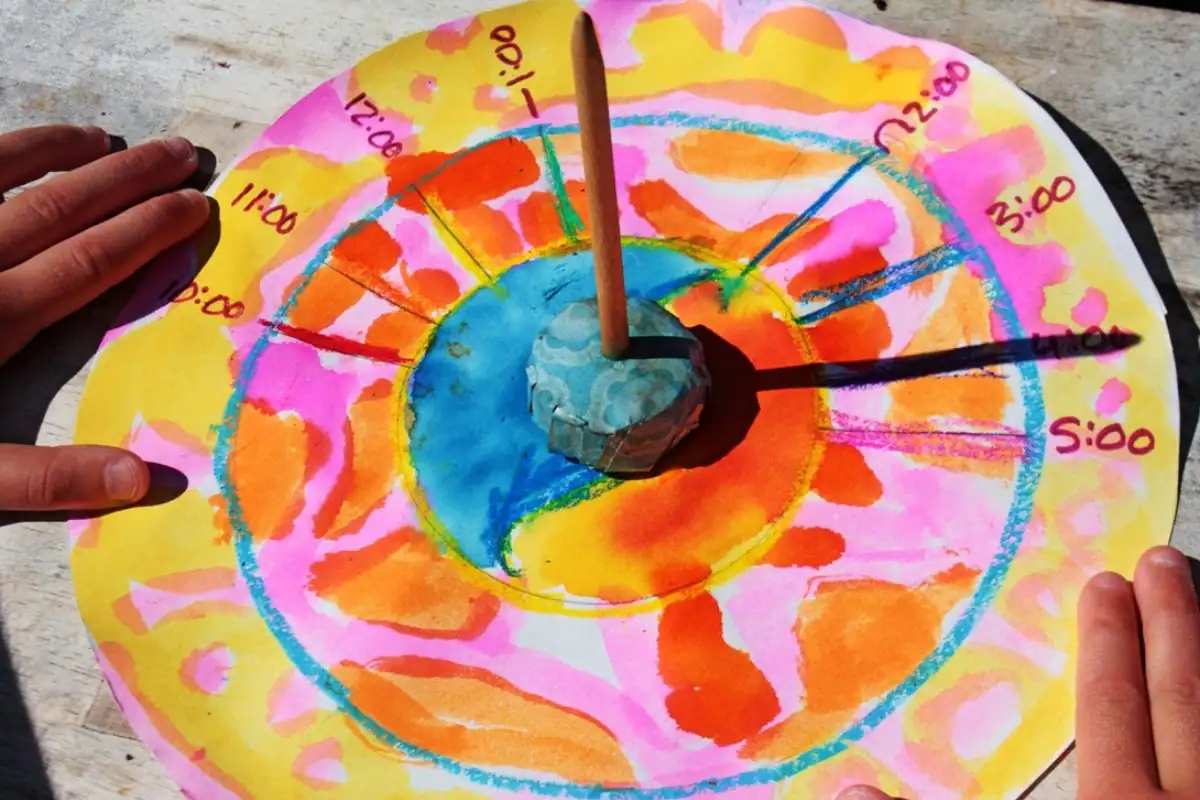
Advertisement
Grow an Avocado Tree
Growing an avocado tree is a fun way to introduce kids to plant biology while teaching them responsibility. Insert three to four wooden toothpicks around the base of an avocado pit and place it over a glass of water so the bottom half is submerged. Top off the water as needed. Over time, roots will extend toward the bottom of the glass while a stem and leaves emerge from the top, demonstrating the growth process up close.
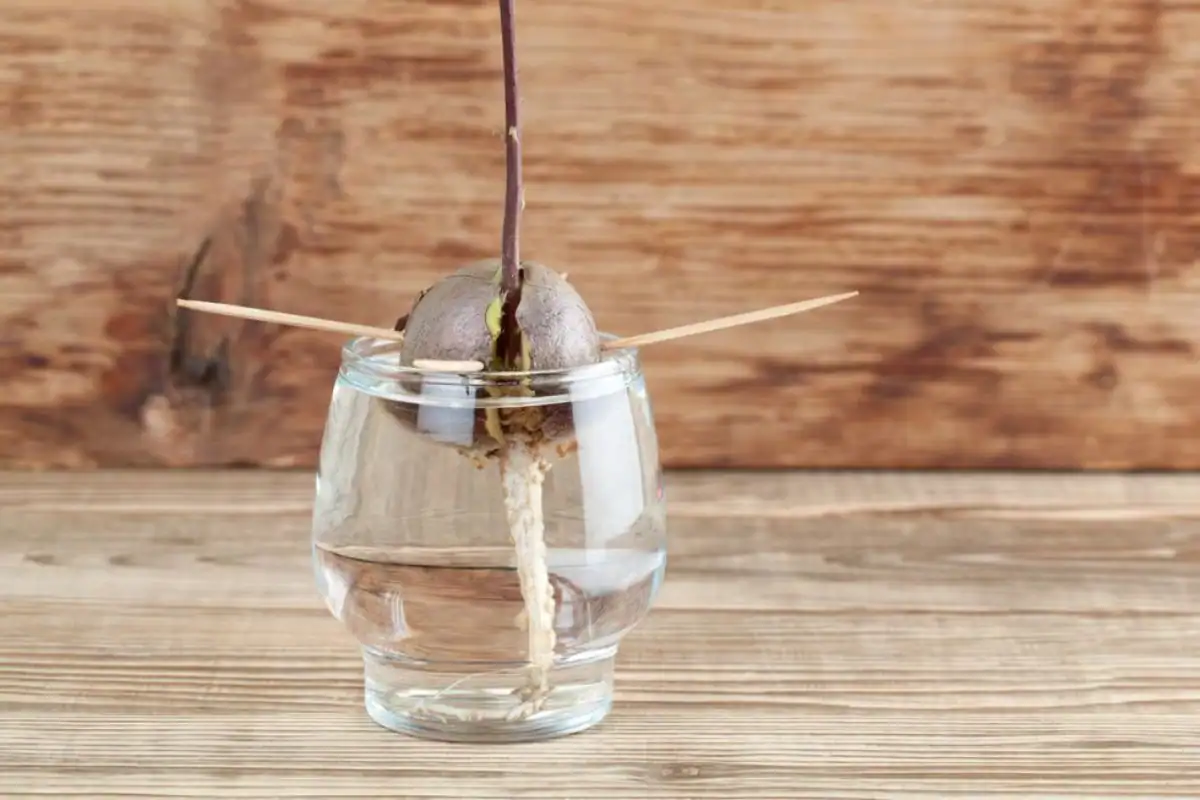
Advertisement
Self-Inflating Balloon
Mixing vinegar and baking soda is a classic experiment that shows chemical reactions in action. Using a funnel, fill a balloon with baking soda. Pour vinegar into a small bottle and fit the balloon over the bottle’s opening, making sure it’s sealed tightly. Once the baking soda drops into the vinegar, the reaction will release carbon dioxide, inflating the balloon like magic. Kids learn about gas formation and chemical reactions in a hands-on way.
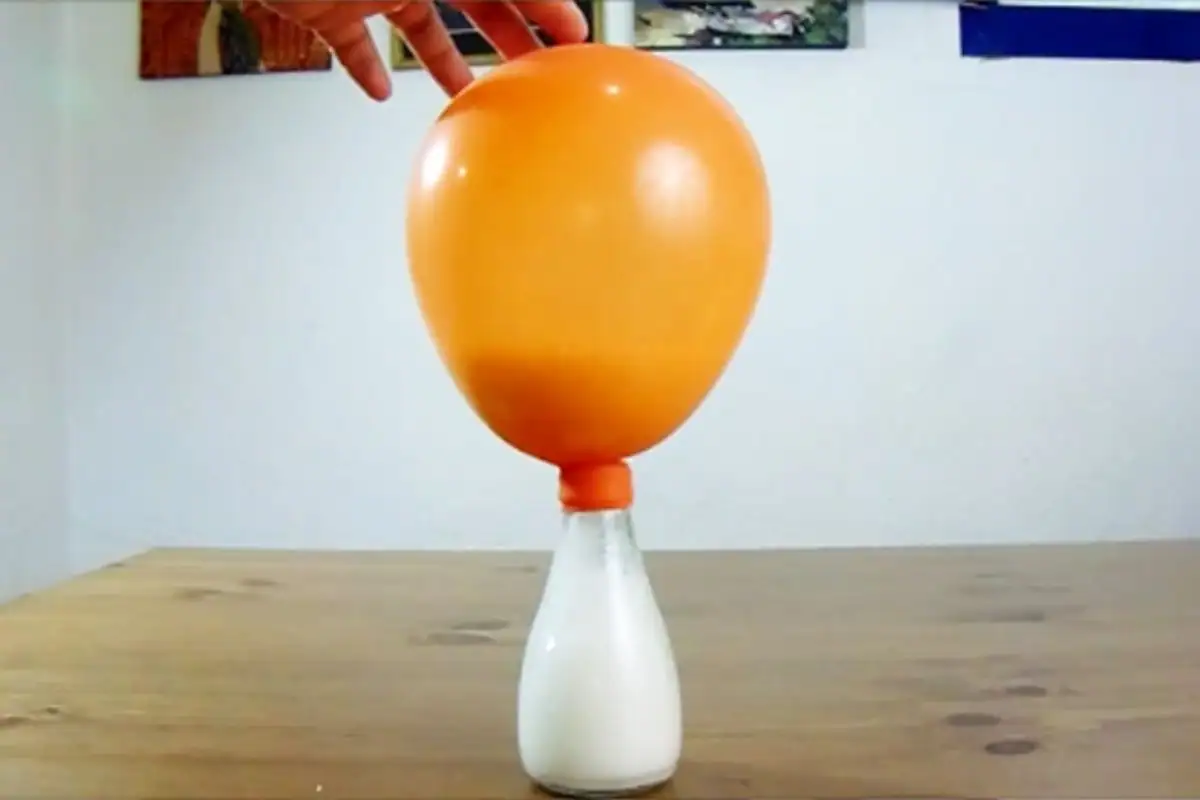
Advertisement
Apple Oxidation Test
Kids might wonder why apples turn brown after being cut. This oxidation experiment can help explain. Prepare five sandwich bags and label each with a different liquid: water, milk, lemon juice, and vinegar. Label the fifth bag “nothing” for comparison. Place two apple slices in each bag, let them soak for a few minutes, and then drain the liquids. Observe the apples every 10 to 15 minutes and record the changes. The acidic liquids will prevent browning, showcasing which liquids slow down oxidation.
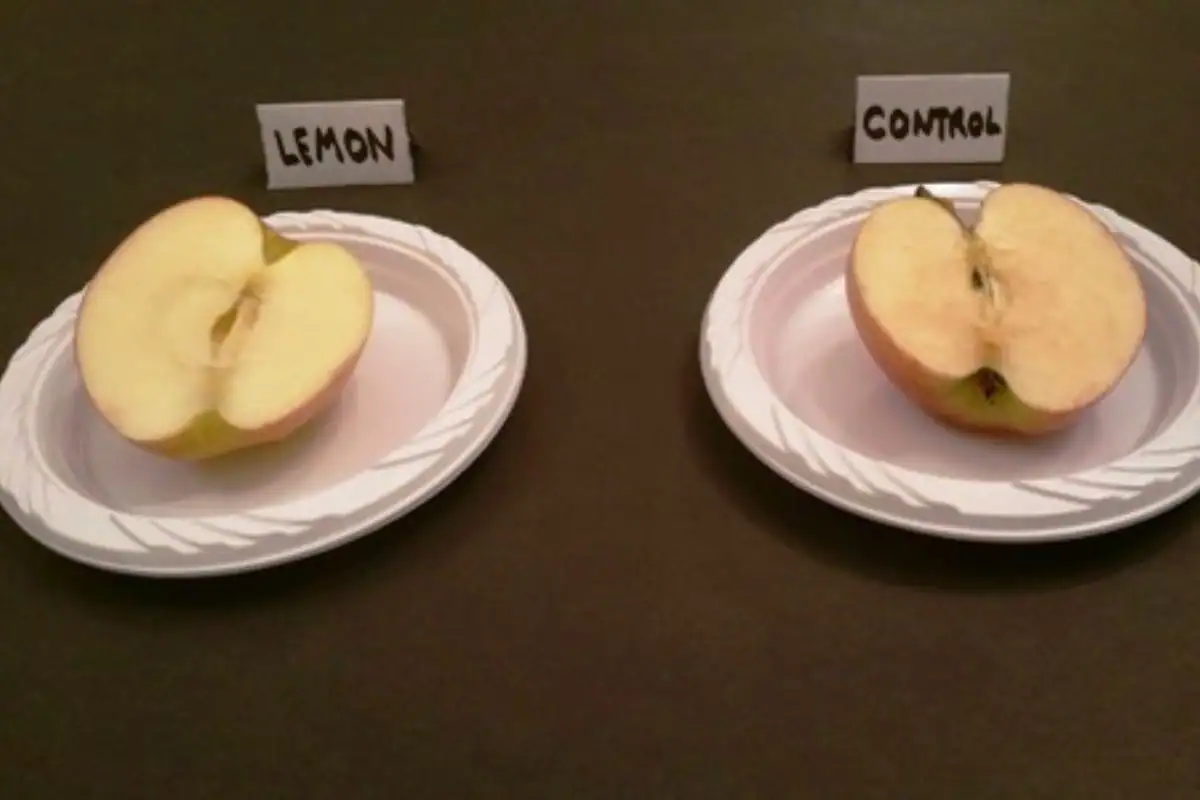
Advertisement
Mold and Food Science
Instead of just explaining why food spoils, show your kids with a simple mold experiment. Place different foods like bread, fruit, cheese, and chips into separate sandwich bags and sprinkle a bit of water inside. Seal the bags and leave them in a warm place for a week. Check them daily to observe the mold growth. Foods without preservatives, like fresh fruit, will develop mold faster, offering an eye-opening look at how preservatives work.
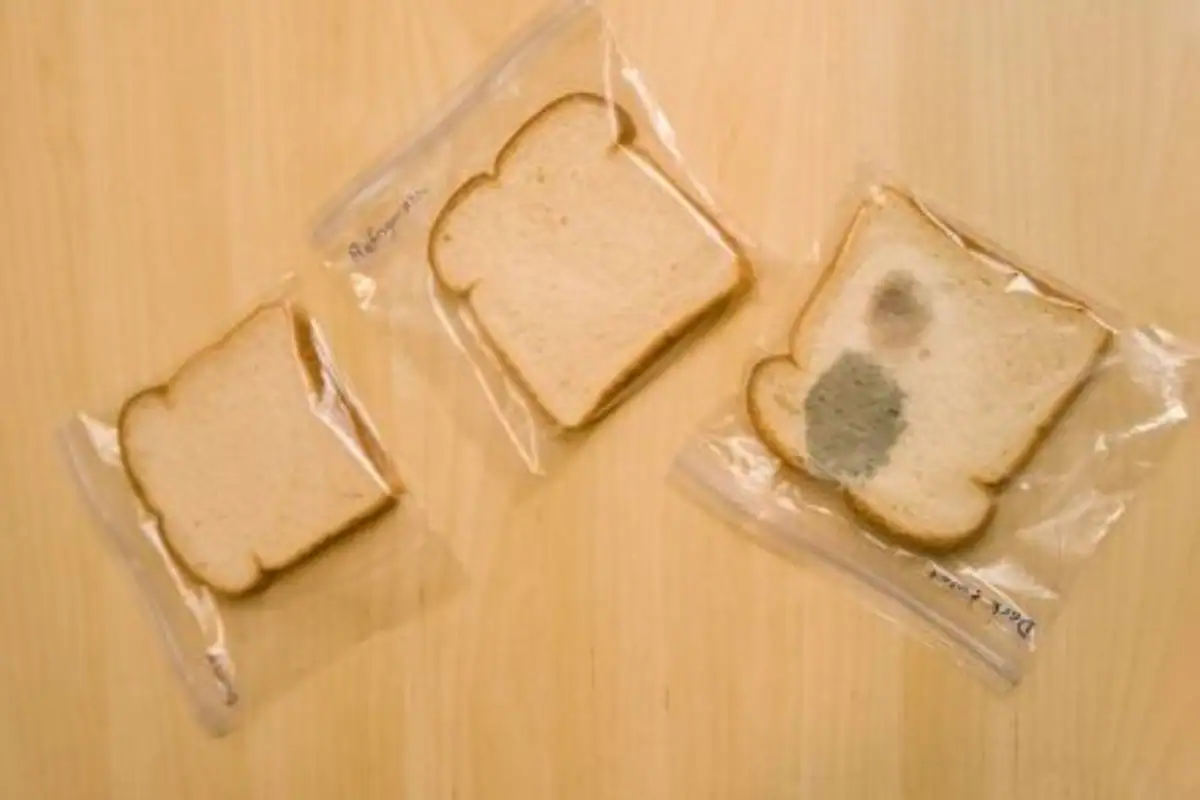
Advertisement
Lava Lamp Experiment
For a bright and colorful science project, try making a homemade lava lamp. Mix a half-cup of water with food coloring and set it aside. Pour vegetable oil into a glass until it’s about ¾ full. Add the colored water, leaving some space at the top. Break an effervescent tablet into a few pieces and let your child drop them in one at a time. Watch as bubbles of color rise and fall, creating a fun, lava-like effect.

.png)




